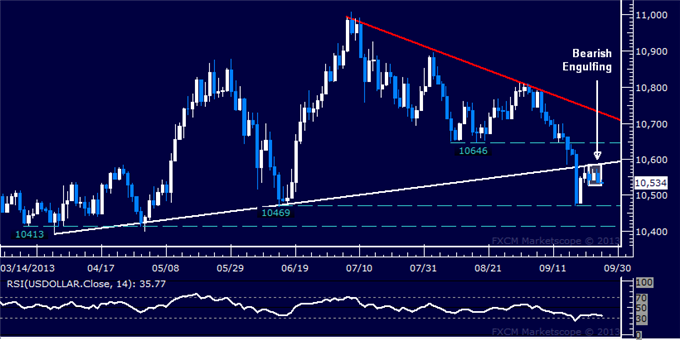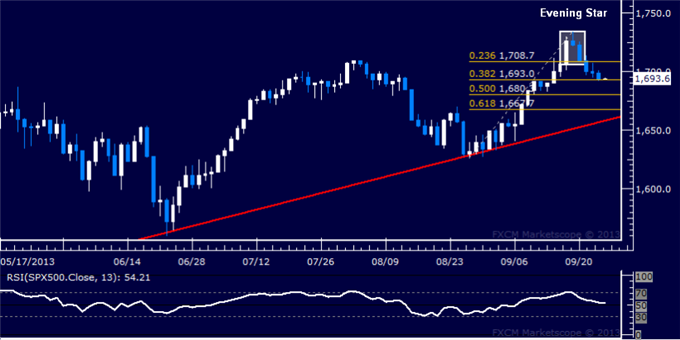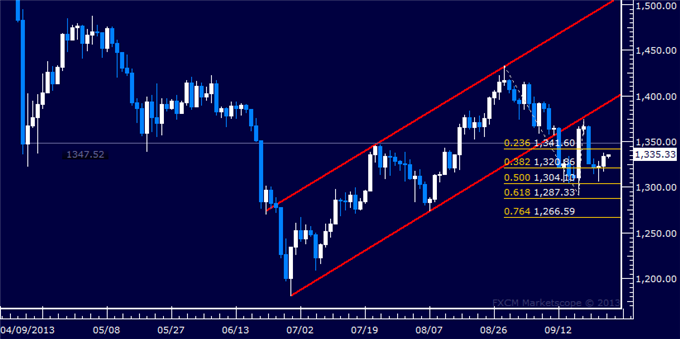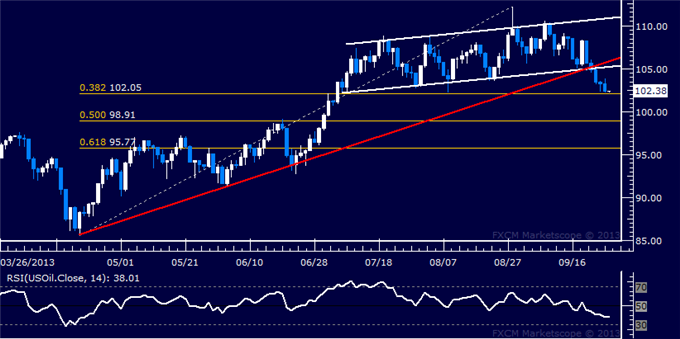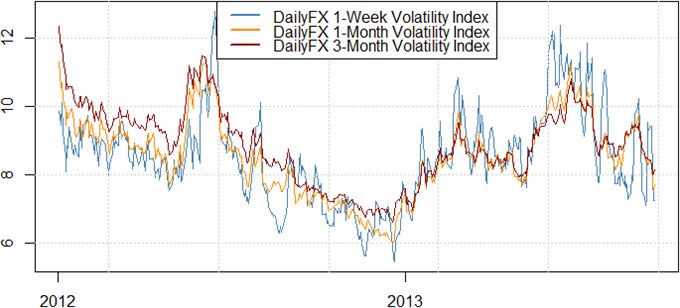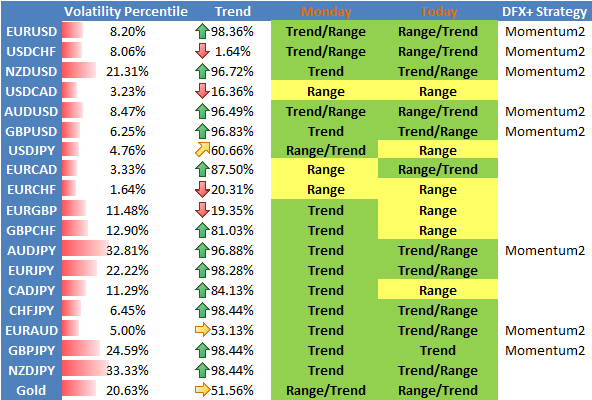
Superyacht makers are in an upbeat mood, with 69% rating prospects for the year ahead as 'good or excellent'. Photograph: Eric Gaillard/Reuters
Ed Miliband's assertion that the rising tide of economic fortune used to lift all boats, but now only seems to lift yachts, would certainly seem to be borne out by the
Monaco Yacht Show. The show, which has just begun, boasts Europe's largest collection of superyachts. At the show the Labour leader would find that demand is once again surging for the ultimate billionaire's plaything, ranging from an entry-level 30 metre-long boat costing around £10m, to gigantic vessels with 90-strong crews that are effectively private cruise liners.
The UK superyacht industry – a superyacht is more than 24 metres long – has reported record revenues of £460m, up 4% on last year, as more of their traditional customers in the US, Russia and the Middle East place orders for these custom-built, floating palaces.
In a survey of 138 companies in the superyacht industry, half reported an increased workload compared to a year ago, while only 19% – a smaller proportion than last year – said their workload had gone down.
The companies, which include yacht builders, designers and legal firms, are also in their most upbeat mood since before the economic crash, with 69% rating their prospects for the year ahead as "good or excellent", compared with 51% last year.
Tom Chant of Superyacht UK said the industry was in a buoyant mood, but profits had not yet returned to the 2007 pre-
recession era.
"That was a particular bubble that has definitely burst." Current growth was more stable, he said. "The people who are coming into the market do have the money, they are not borrowing on banks who have borrowed on other things. The buyers that are coming in are good solid buyers who are there for the long-term."
The UK industry, which employs 3,550 people, has further room to grow. "There are more yards that could build yachts, than there are yachts with orders," Chant added.
The revival is supported by another industry survey from yachtmaker Camper & Nicholsons, which reported a 37% jump in yacht sales in the first half of the year to around 200 boats. However, the overall value of the market remained flat at $1bn (£620m), as industry figures are easily skewed by a few hyper-extravagant purchases.
The biggest market for superyachts remains the US, followed by Russia and the Middle East. China's super-rich have yet to develop much of an interest, despite the recent
sale of Sunseeker International to the country's Dalian Wanda group. In Monaco "there is lots of talk about the potential of China, but it is just potential," said Chant.
The downturn slowed yacht buyers' appetite for extra-large yachts, with demand for vessels greater than 50 metres falling in 2011 and 2012, according to Camper & Nicholsons. But there are signs that it may be returning.
On the drawing board of the Hampshire-based firm Dubois are
plans for a giant sloop, 101 metres long with a 125-metre mast that would dwarf both Big Ben's Elizabeth Tower and the Statue of Liberty.

